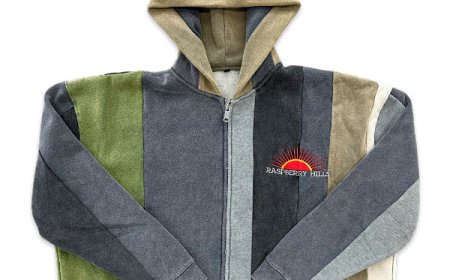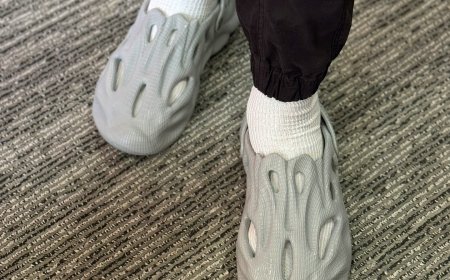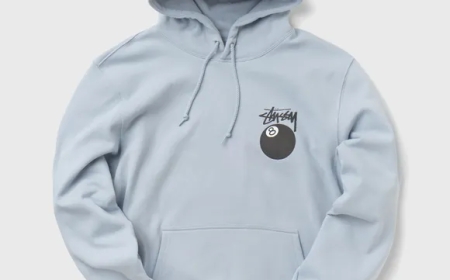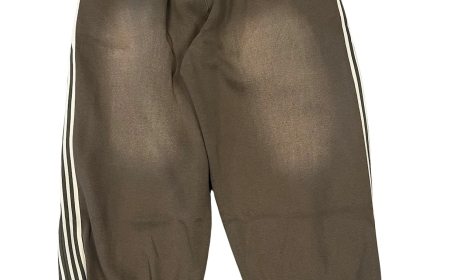How to Choose the Perfect Short Formal Dress
Selecting the ideal short formal dress can be both exciting and daunting, given the myriad of styles, colors, and designs available.
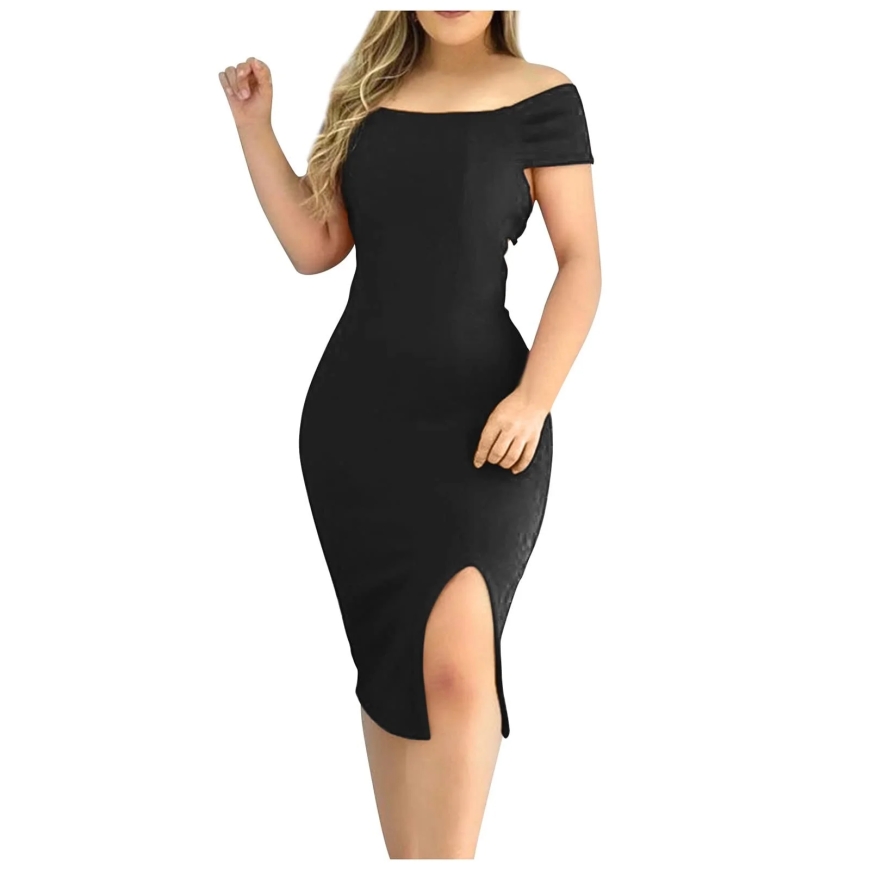
Selecting the ideal short formal dress can be both exciting and daunting, given the myriad of styles, colors, and designs available. Short Formal Dresses for Women offer a versatile and elegant option for various occasions, from cocktail parties to semi-formal weddings. These dresses strike a perfect balance between sophistication and comfort, allowing you to look chic while feeling at ease. This article will guide you through the essential factors to consider when choosing the perfect short formal dress, ensuring you make a confident and stylish choice.
Understand the Occasion
The first step in choosing a short formal dress is understanding the event's dress code and vibe. Different occasions call for varying levels of formality. For instance, a cocktail party may require a sleek, form-fitting dress with subtle embellishments, while a daytime wedding might call for a flowy, floral dress with soft hues. Research the events tonewhether its a corporate gala, a charity event, or a milestone celebrationto narrow down your options. Check the invitation for specific dress code instructions, such as cocktail attire or black tie optional, to ensure your dress aligns with expectations.
Consider the time of day and venue as well. Evening events often lean toward darker colors and more glamorous details like sequins or metallic accents, while daytime events favor lighter shades and simpler designs. For outdoor settings, opt for breathable fabrics like chiffon or cotton blends to stay comfortable. Indoor venues, especially air-conditioned ones, may allow for heavier materials like satin or velvet. By aligning your dress with the occasion, youll ensure its both appropriate and impactful.
Know Your Body Type
Choosing a dress that flatters your body shape is key to looking and feeling your best. Short formal dresses come in various silhouettessuch as A-line, sheath, fit-and-flare, or wrapthat complement different figures. Heres a quick guide to selecting a dress based on your body type:
-
Hourglass: If you have a balanced bust and hips with a defined waist, opt for dresses that accentuate your curves, like a fitted sheath or a wrap dress. Avoid overly loose styles that hide your natural shape.
-
Pear: For wider hips and a smaller bust, A-line or fit-and-flare dresses work wonders by drawing attention upward while skimming over the hips.
-
Apple: If you carry weight around your midsection, empire-waist dresses or those with ruching can create a flattering silhouette by emphasizing the bust and flowing over the tummy.
-
Rectangle: For a straighter figure, dresses with peplum details or belted waists can add the illusion of curves.
-
Petite: Shorter women should choose dresses with higher hemlines (above the knee) to elongate the legs. Avoid overwhelming details like large ruffles that can dwarf your frame.
Try on various styles to see what feels most comfortable and flattering. If possible, visit a boutique with a wide selection or order from retailers with flexible return policies to experiment with different cuts.
Choose the Right Fabric
The fabric of a short formal dress significantly impacts its look and feel. Luxurious materials like silk, satin, or lace exude elegance and are ideal for formal events. For a more relaxed yet sophisticated vibe, consider chiffon or crepe, which offer flowy, lightweight textures. If youre attending a winter event, velvet or heavier blends can provide warmth while maintaining a polished appearance.
Consider the season and climate when selecting fabric. Lightweight materials are perfect for warm weather, preventing discomfort from heat or humidity. In colder months, opt for structured fabrics or pair your dress with a stylish shawl or jacket. Ensure the fabric complements the dresss designstiff materials like taffeta work well for structured A-line dresses, while soft fabrics like chiffon suit flowy, romantic styles.
Focus on Color and Patterns
Color plays a pivotal role in setting the tone of your outfit. Classic colors like black, navy, or red are timeless choices for short formal dresses, offering versatility and elegance. Black is a go-to for evening events, exuding sophistication, while navy offers a softer yet equally chic alternative. Red makes a bold statement, perfect for standing out at a lively cocktail party.
For daytime events, consider softer hues like blush, ivory, or pastel blues. If youre feeling adventurous, jewel tones like emerald, sapphire, or amethyst add a touch of glamour without being overly flashy. Skin tone also matterscooler tones pair well with blues, purples, and silvers, while warmer tones shine in reds, yellows, and golds.
Patterns can add personality to your dress but should be chosen carefully. Subtle patterns like small florals or geometric designs work well for daytime events, while bold prints may suit less formal occasions. If youre unsure, stick to solid colors for a universally flattering look. When accessorizing, ensure your shoes, jewelry, and handbag complement the dresss color or pattern without clashing.
Pay Attention to Details and Embellishments
Details like sequins, embroidery, or beading can elevate a short formal dress, but moderation is key. Overly ornate designs can overwhelm a petite frame or look out of place at a daytime event. For instance, a dress with delicate lace sleeves or a subtle beaded neckline can add sophistication without being overpowering. Ruching, pleats, or asymmetrical hemlines can also add visual interest while maintaining elegance.
Consider the events formality when choosing embellishments. A black-tie event might call for a dress with sparkling sequins or metallic threads, while a semi-formal gathering may require simpler details like a bow or a belt. Ensure the embellishments align with your personal styleminimalists may prefer clean lines, while those who love glamour might opt for a touch of sparkle.
Prioritize Comfort and Fit
No matter how stunning a dress looks, it wont shine if youre uncomfortable. Ensure the dress fits wellnot too tight or too looseand allows for ease of movement. If youre between sizes, consider tailoring for a custom fit, as even minor adjustments can make a significant difference. Pay attention to the dresss length; short formal dresses typically fall above the knee, but the exact length should suit your height and comfort level.
Check for practical details like breathable linings, secure zippers, or stretchy fabrics if you plan to dance or move around. If the dress has straps or sleeves, ensure they stay in place without constant adjustment. Comfort is especially crucial for longer events, so prioritize dresses that feel as good as they look.
Accessorize Thoughtfully
Accessories can make or break your outfit, so choose them wisely. For short formal dresses, less is often more. A pair of elegant heelsstrappy sandals or classic pumpscan elongate the legs and complete the look. Avoid overly chunky shoes that can detract from the dresss elegance. Jewelry should complement the dresss neckline; for example, a V-neck dress pairs well with a delicate pendant, while a strapless dress suits a statement necklace.
Consider a clutch or small handbag to carry essentials, ensuring it matches or complements your dresss color. If the event is outdoors or in cooler weather, a shawl, cardigan, or tailored blazer can add warmth without compromising style. Keep accessories cohesivemixing metals or overly bold pieces can distract from the dress.
Set a Budget
Short formal dresses come in a wide range of price points, from affordable high-street brands to designer labels. Set a budget before shopping to avoid overspending. Many retailers offer stunning options under $100, while mid-range brands provide quality dresses between $100 and $300. Designer dresses may cost more but can be worth the investment for frequent formal wearers.
Look for sales or second-hand options to score a deal without sacrificing quality. Online retailers like ASOS, Nordstrom, or Revolve often have filters for price, style, and size, making it easier to find a dress within your budget. If youre renting, services like Rent the Runway offer a cost-effective way to wear a high-end dress for a single event.
Try Before You Buy
Whenever possible, try on dresses before purchasing to assess fit, comfort, and overall appearance. If shopping online, check the retailers size guide and read reviews for insights on fit and quality. Order well in advance to allow time for returns or alterations. Some retailers offer virtual try-on tools or detailed sizing charts to help you make an informed choice.
Final Tips for Confidence
Ultimately, the perfect short formal dress is one that makes you feel confident and beautiful. Trust your instincts and choose a dress that reflects your personal style. Take care of practical details, like wearing appropriate undergarments or bringing a backup pair of comfortable shoes for long events. Practice walking and moving in your dress to ensure you feel at ease.
By considering the occasion, your body type, fabric, color, and fit, you can find a short formal dress thats both stunning and practical. With the right accessories and a confident attitude, youll be ready to shine at any event.

















